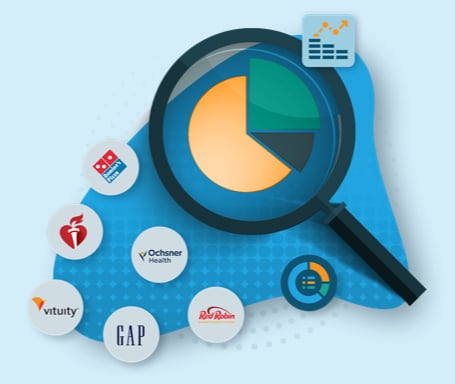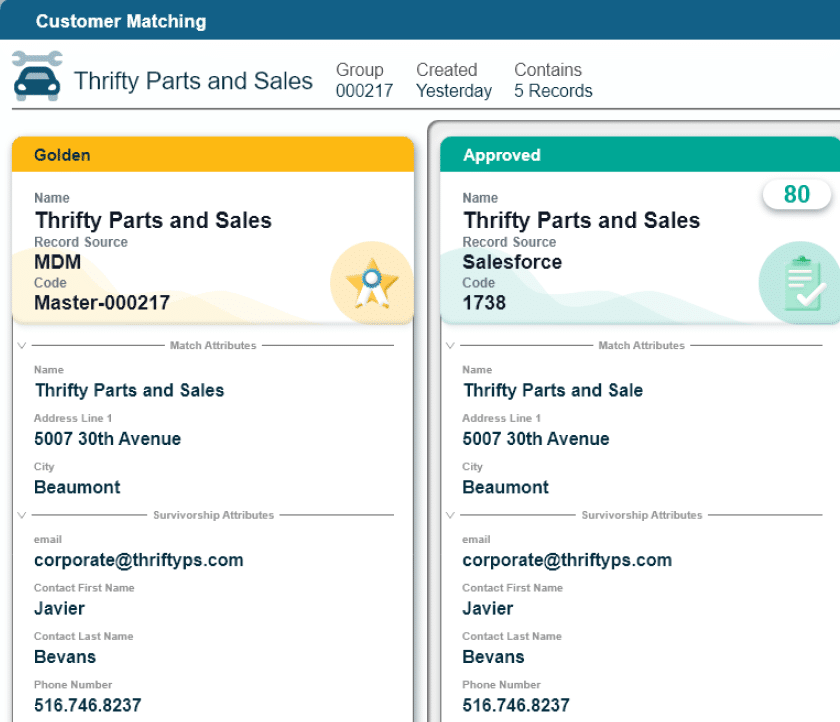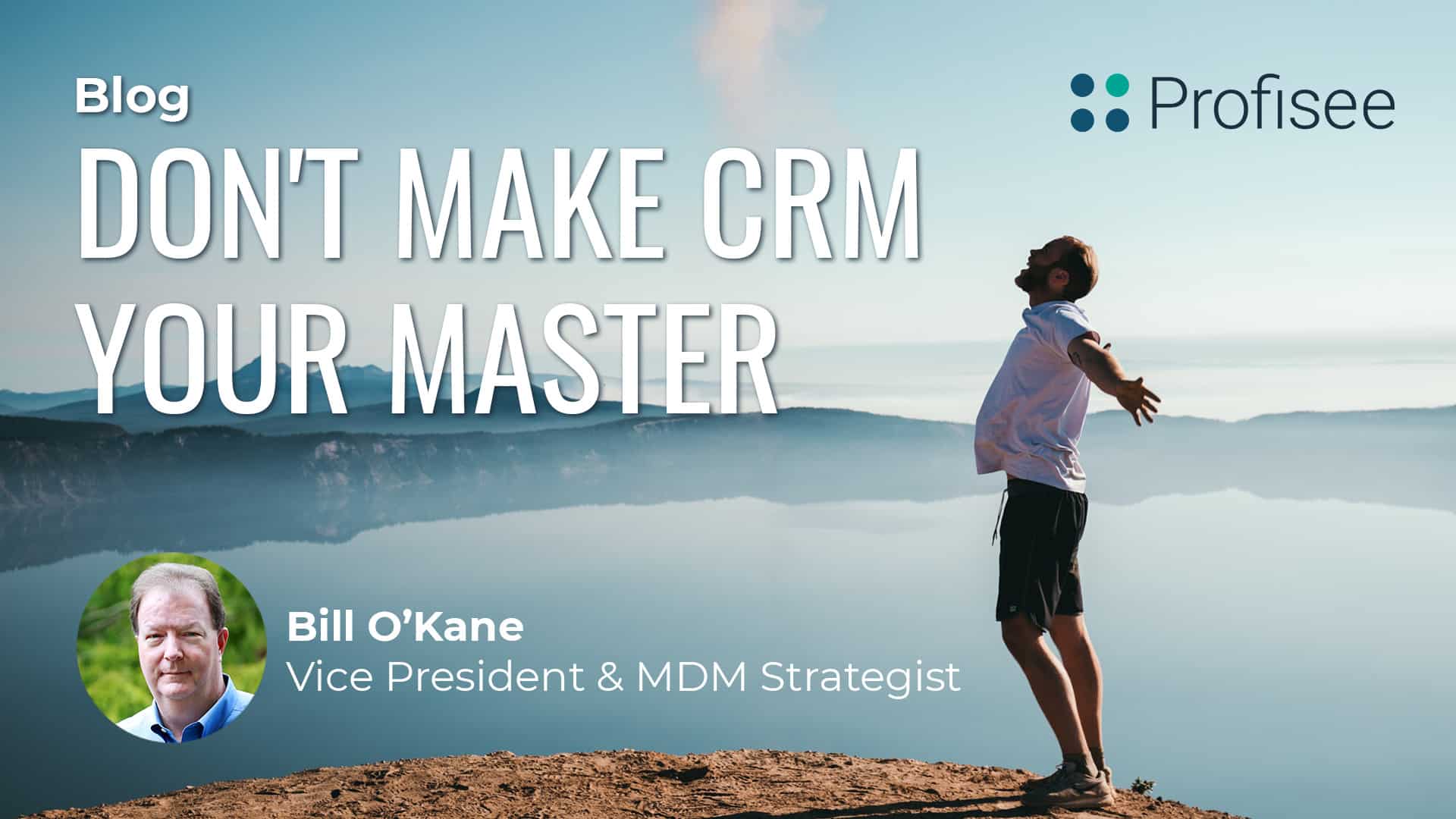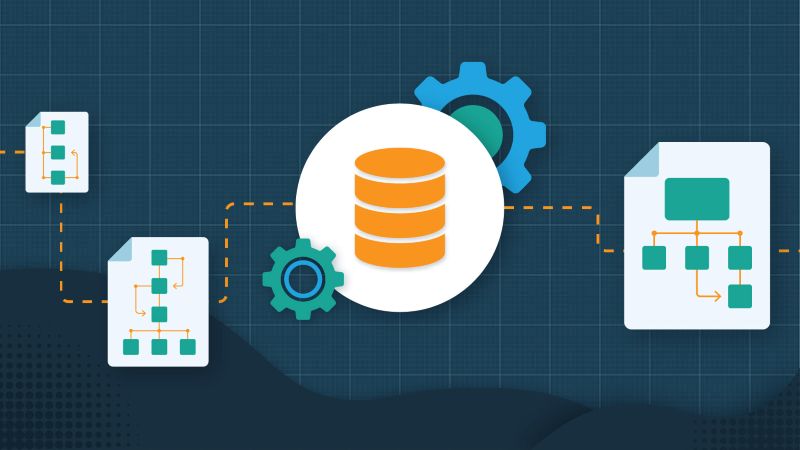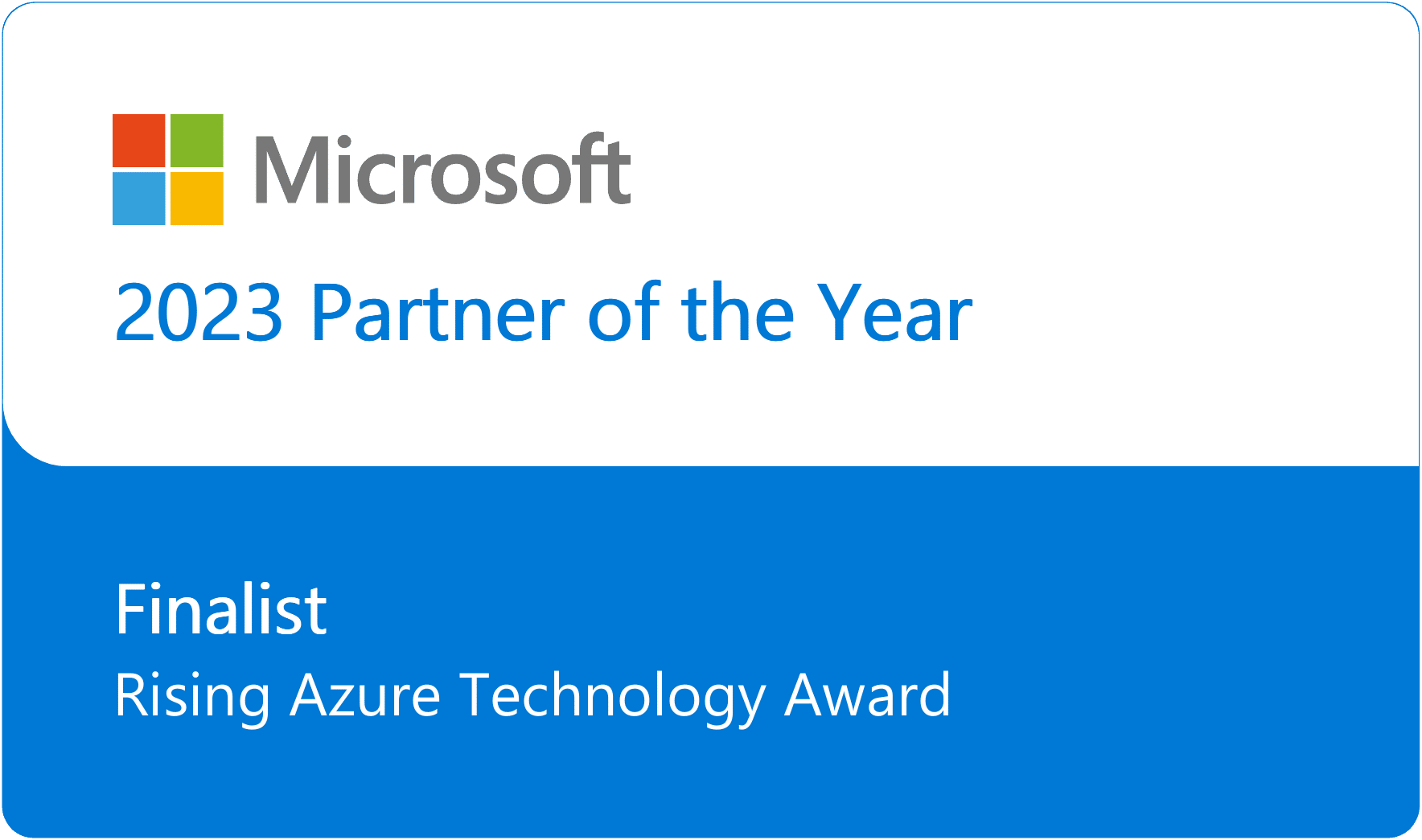One of the more common topics that arose during my eight-year tenure as an industry analyst covering MDM was the attempted use of CRM applications as masters for customer data. CRM vendors are not to blame for these scenarios, as they have historically been quite clear that their overall goal is to optimize prospect and customer interactions to maximize sales and provide quality service, and not to manage master data across other systems and processes. However, this transparency has not prevented the rampant use of their tools as de facto systems of record for customer master data. In effect, the intended agile and ungoverned usage of these solutions as systems of record for master data has resulted in untold millions (if not more) of dollars in technical debt and opportunity cost, across all industries and geographies.
There are two broad categories of issues that result from these situations:
- The creation of technical (data) debt within the single CRM instance itself, assuming that there is only one instance (and there are often more than one, aggravating this effect). It is quite common for organizations of substantial size to implement CRM out of the box with minimal data quality rules. For example, they may require a certain minimum character length for customer name but are unable to construct a “golden record” of quality master data attributes across duplicate customer entries, if they can in fact detect duplicate entries at all. Or, they may be able to enforce a particular format for email addresses but are unable to check multiple applications for the most trustworthy email address available based on business function. It is extremely common for enterprises to tolerate these types of data management shortcomings, all the while accumulating technical debt until mission-critical business processes become unworkable. In fact, the most common complaint driving these organizations to use an MDM solution to clean up and maintain the data quality in their CRM solutions is that their sales and service staff begin stumbling over each other to sell to and/or service targets with multiple entries in the CRM system, often resulting in embarrassment in front of those very targets.
- The second (and more strategically damaging) type of issue that ensues is the opportunity cost of being unable to leverage the customer data contained in other applications in concert with the CRM data in real-time and vice versa. In fact, one could say that digital business transformation is impossible to accomplish without this capability. In addition, where there are multiple CRM systems in place for whatever reason, the same disconnect will be in effect even between those solutions.
In fact, there are many MDM implementations that involve only single CRM systems (with real-time bidirectional integrations) on the applications side, in effect allowing business users to view the CRM system as the master for customer data, perhaps even unaware that an MDM solution is performing duplicate prevention and other complex data quality checks in the background. Once this is accomplished, the more forward-thinking end-user organizations continue to move forward, getting full value from their customer data by integrating with more of their business applications landscape.
This is a fundamental requirement for digital business transformation.

VP & MDM Strategist @ Profisee

Bill O'Kane
A former Gartner analyst, Bill O'Kane was the VP & MDM Strategist at Profisee.
